When’s the best time to visit Shumbalala Game Lodge? The truth is — there’s no single answer. Every month in the bush brings its own atmosphere, wildlife activity, and small touches that can make your stay unforgettable. In summer, the reserve is lush and alive with newborn animals and colourful birdlife. Autumn brings golden light and mild days, perfect for long drives. Winter offers crisp mornings, clear skies, and exceptional game viewing...
Behind the Scenes with Darrel Camden-Smith this World Ranger Day
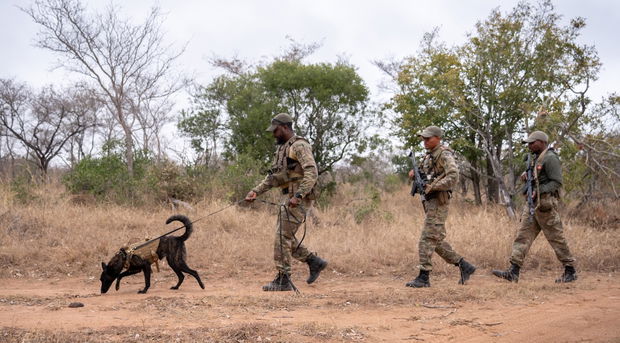
31 July marks World Ranger Day, a time to acknowledge the people working every day to protect the world’s natural spaces — often quietly, often out of sight. These are the people who respond when something feels out of place, who track the subtle signs left behind in the bush, and who take on long hours and difficult terrain because they believe in what they’re protecting.
At Shumbalala Game Lodge, inside the Thornybush Private Nature Reserve, we’ve come to know just how much this work matters — not only to wildlife, but to everyone who visits. The safety of the reserve, the wellbeing of its animals, and the quality of the experience we offer all rely on the steady presence of people behind the scenes.
One of those individuals is Darrel Camden-Smith, Head of Security at Thornybush Private Nature Reserve. He leads a team responsible for the reserve’s broader protection strategy, which includes the Anti-Poaching Unit and its canine partners. From working with neighbouring reserves to patrolling vast areas on foot, this role demands knowledge, grit, and constant adaptability.
In honour of World Ranger Day, we asked Darrel to share more about his path into conservation, what daily life on the reserve really looks like, and the reality of working in a role that’s as complex as it is crucial.
Getting to Know Darrel
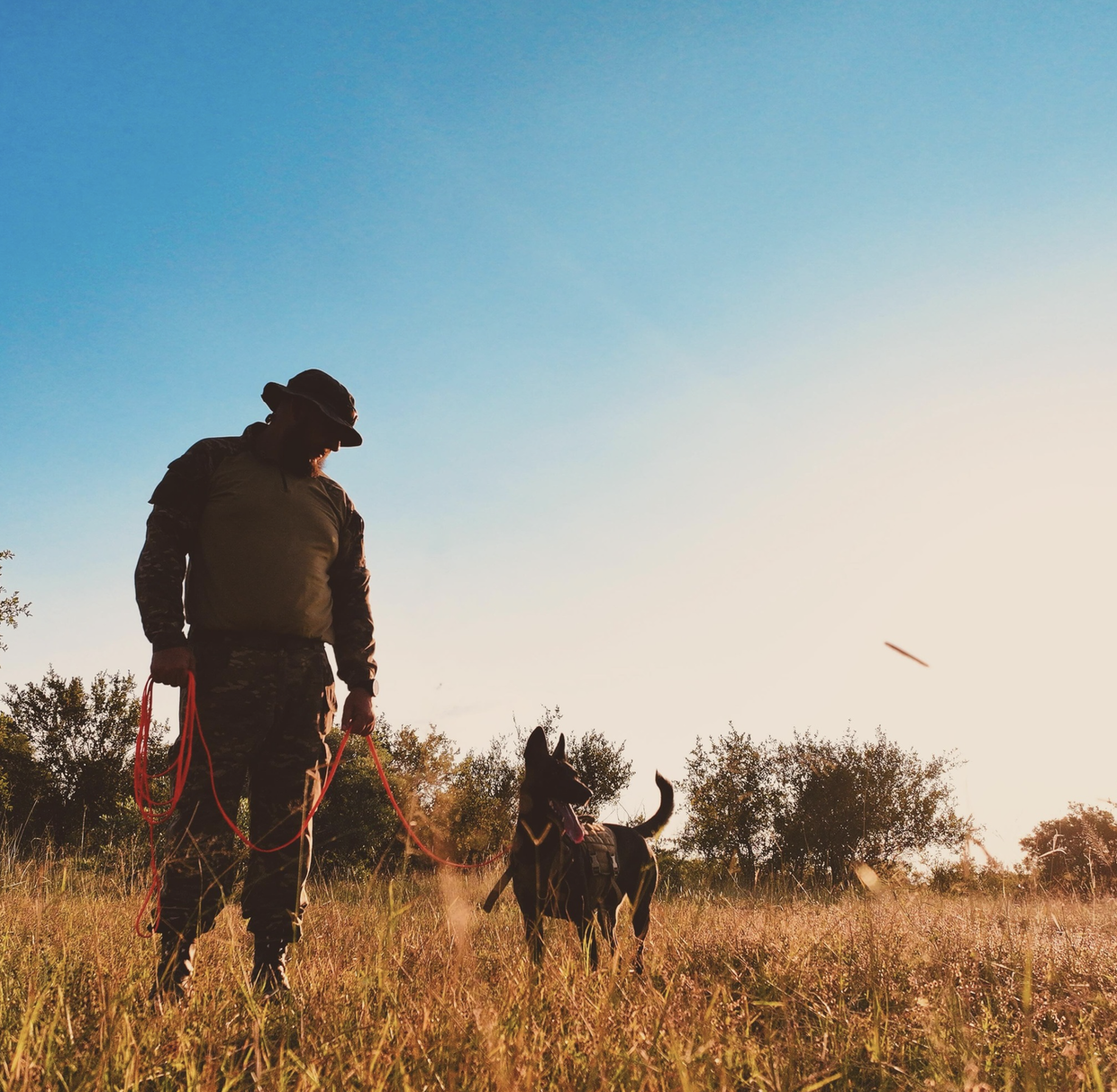 Photo credit: Darrel Camden-Smith
Photo credit: Darrel Camden-Smith
Can you tell us a bit about yourself and how you came to work in conservation?
“As a teenager, I spent time working on a farm, chasing cattle on horseback and generally making a bit of mischief with my horses. That experience showed me early on that I wasn’t cut out for office life. I’ve always had a deep passion for the natural world and conservation, but I initially took the easier route into guiding rather than studying a diploma.
For many years, my way of contributing to conservation was through guiding and volunteering in reserve management after hours. When COVID-19 slowed tourism, it gave me the chance to immerse myself more deeply in the operational side of reserve work. When the opportunity to join the reserve full-time came up, I grabbed it with both hands – and haven’t looked back since.”
Life in the Bush
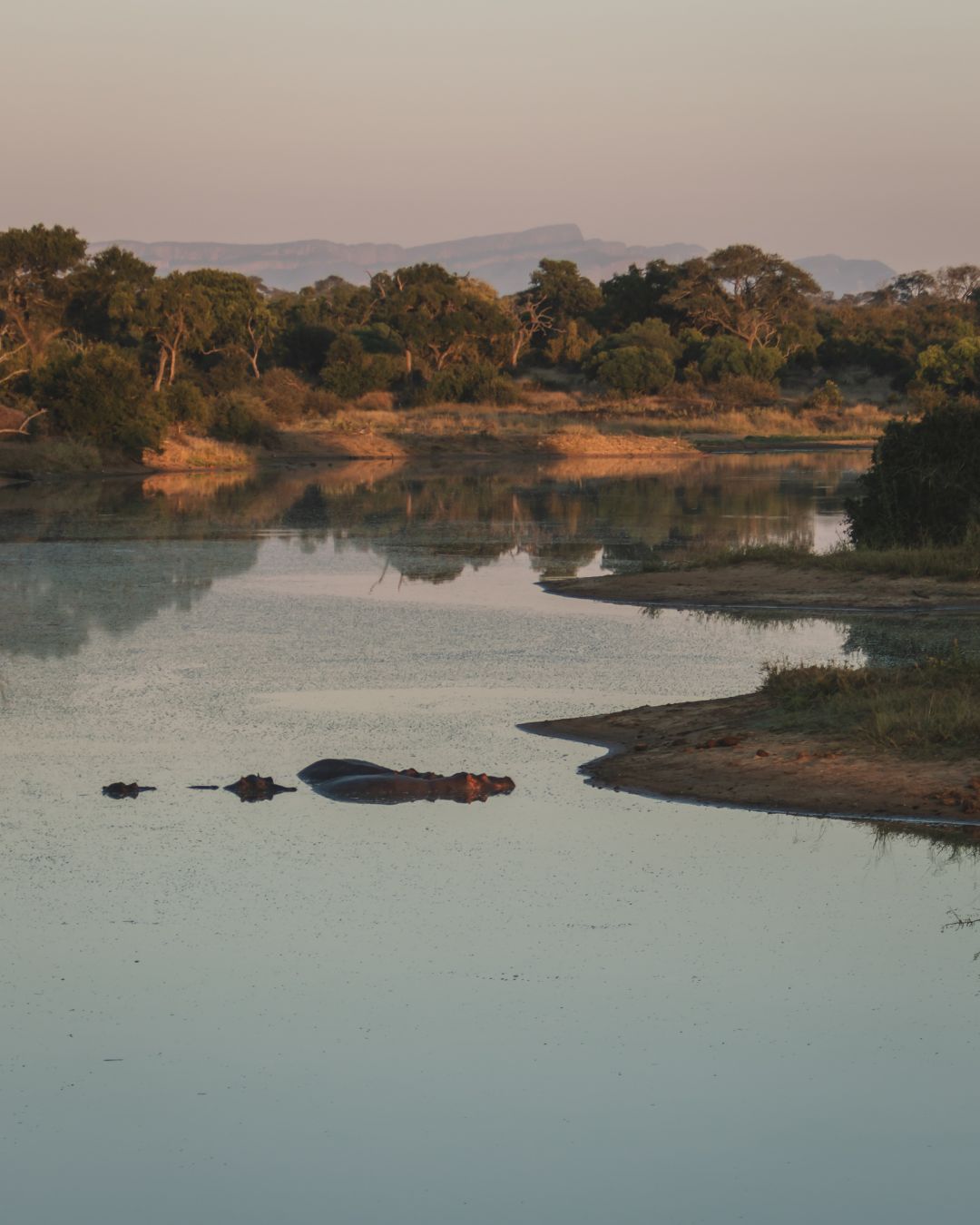 Photo credit: Thornybush Private Nature Reserve by Reinhold Deacon
Photo credit: Thornybush Private Nature Reserve by Reinhold Deacon
What does a typical day look like for you out in the reserve?
“The truth is – there’s no such thing as a typical day. Every sunrise brings new challenges and new ideas. That unpredictability is one of the things I love most about the job. No two days are ever the same.”
What are some of the key responsibilities your team handles on a daily basis?
“Our primary responsibility is safeguarding the integrity of the reserve. That includes monitoring and responding to any form of illicit activity, from poaching to illegal entry. We also focus on building strong relationships – with neighbouring reserves, community stakeholders, and conservation partners – because long-term success depends on collaboration.”
How do you prepare for patrols, and what kind of terrain or conditions do you face?
“Our terrain is rugged, and conditions can be tough. Patrols might involve long foot routes through dense bush, overnight vehicle operations, or cold hours of observation during winter nights. Summer brings intense heat, thick vegetation, and long hours under pressure. But despite the physical toll, our team thrives on it. It’s part of what makes this work meaningful.”
K9 Companions
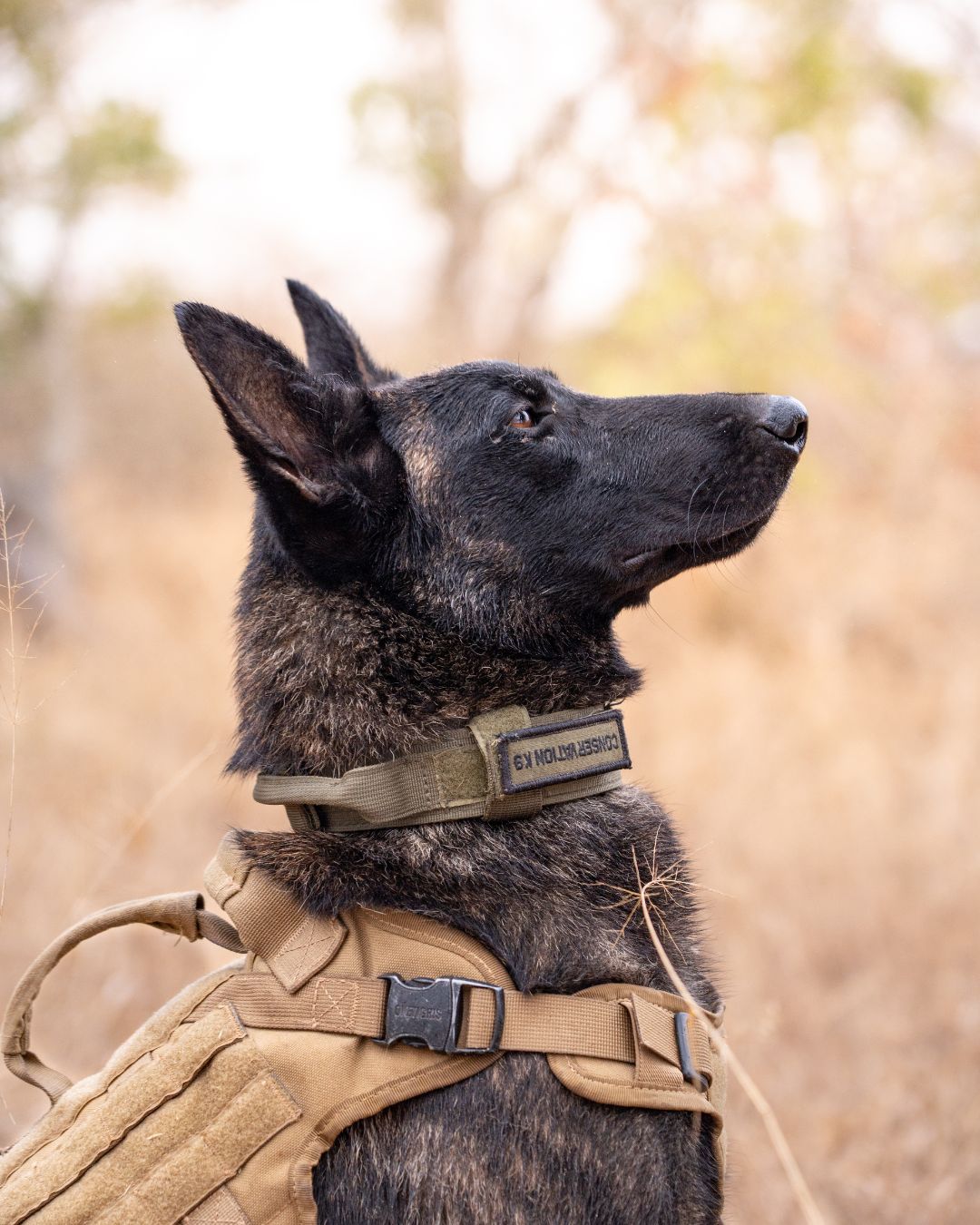 Image credit: K9 unit by Jordi Woerts
Image credit: K9 unit by Jordi Woerts
Can you tell us about the dogs you work with? What are their roles in the unit?
“Each dog in our unit has a specialised role. While we favour versatile breeds like the Dutch Shepherd – true all-rounders – we also have dogs trained specifically for man-trailing or detection work. Our team includes Springer Spaniels, Bloodhounds, Belgian Malinois, and of course, the dependable Dutch Shepherd. Each one is highly trained and deeply bonded with its handler, forming an essential part of our operations.”
Do you have any special memories or stories involving the dogs you’d like to share?
“There are so many – living and working in the bush with these dogs creates a lifetime of memories. From comical to downright terrifying, we’ve had it all. I’ve had a Snouted Cobra fly over the dog’s back in my direction, stand-offs with elephants, and unexpected buffalo encounters in wallows. And of course, there’s the daily dance with the criminal element. Through it all, the dogs remain focused, courageous, and deeply loyal.”
The Hidden Challenges
What are some challenges you (or your team) face that people might not realise?
“One of our biggest challenges is staying ahead of a constantly evolving threat. Those who wish to harm the reserve adapt quickly, and we’re always learning from incidents – both our own and those of our neighbouring reserves. To stay ready, we train relentlessly.
Then there are the physical challenges: thick bush, tough terrain, unpredictable weather, and dangerous game. It’s not easy. As I often remind the team – we have one of the most difficult jobs in the world. First, we have to find the proverbial needle in the haystack. Then, we must track down a person who’s doing everything in their power not to be found.”
Why This Work Matters
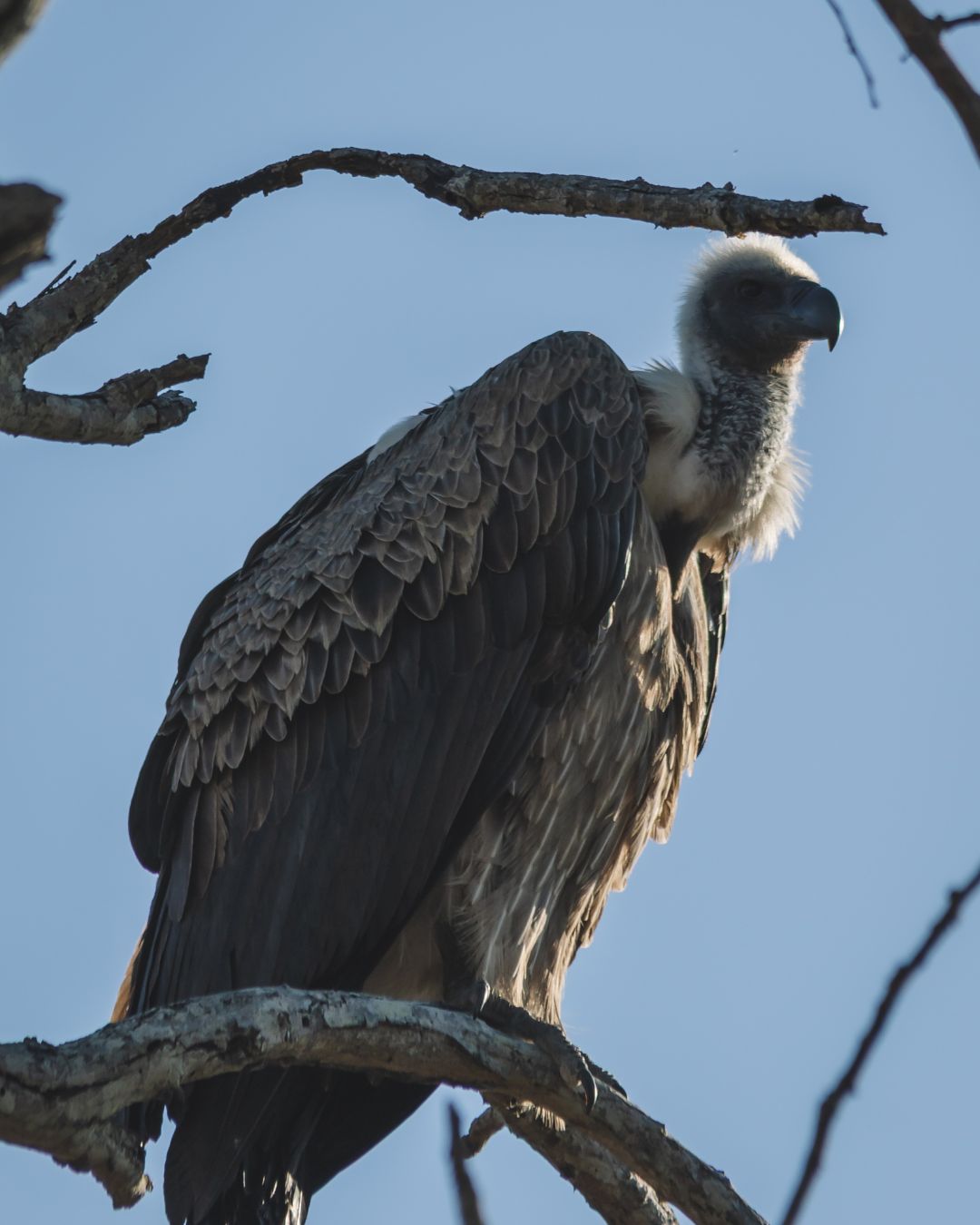 Photo credit: White-backed vulture by Reinhold Deacon.
Photo credit: White-backed vulture by Reinhold Deacon.
When you visit Shumbalala Game Lodge, what you see — the lion tracks on the road at dawn, the slow rhythm of elephants moving through the trees — is only part of the picture. There’s a constant layer of work unfolding behind the scenes to ensure these moments remain possible.
At Thornybush Private Nature Reserve, the team is focused not just on the present, but on the long-term care of an ecosystem. That includes protecting some of South Africa’s most vulnerable species — like the black and white rhino, pangolin, African wild dog, and endangered vultures such as the White-backed and Lappet-faced Vultures.
These animals are more than symbols of the wild. They are indicators of ecological health, each playing a role in maintaining balance across the landscape. To lose them would be to disrupt something much larger than we often realise.
The work being done here doesn’t only serve the present – it helps shape a more resilient future for wildlife, ecosystems, and the people connected to them.
Join Us in Saying Thank You
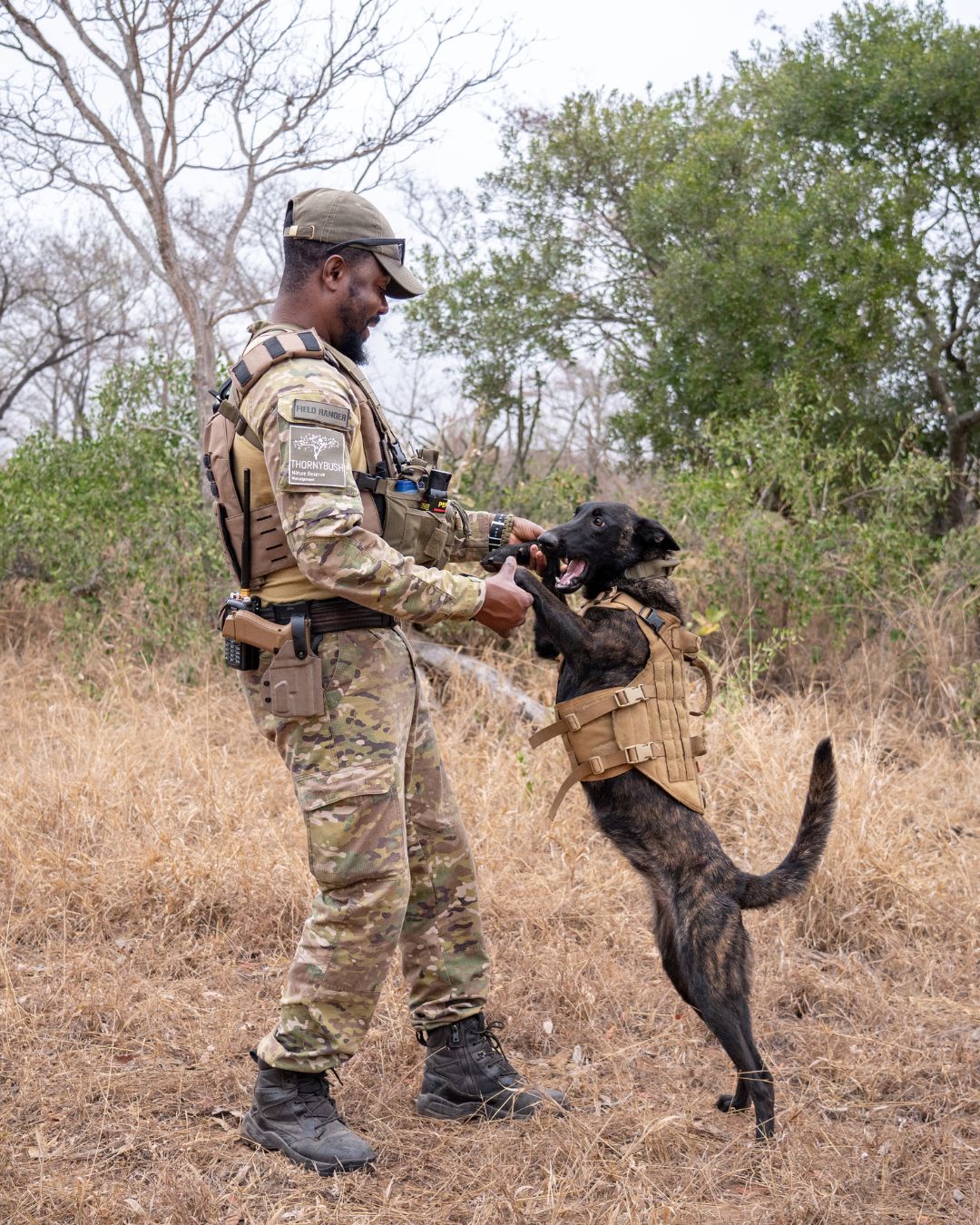 Photo credit: K9 unit by Jordi Woerts
Photo credit: K9 unit by Jordi Woerts
This World Ranger Day, we’d like to express our appreciation to Darrel and his team, and to rangers across the continent who quietly give their energy, skill, and focus to places like Thornybush Private Nature Reserve.
Because of them, the reserve remains a place where wildlife can move freely, and people can connect with nature in its purest form.
Further Reading
On 9 August 1956, over 20,000 women from diverse backgrounds marched to the Union Buildings in Pretoria, standing up for their rights. This peaceful protest was organised by the Federation of South African Women (FSAW) and led by notable activists like Lillian Ngoyi, Helen Joseph, Rahima Moosa, and Sophia Williams-De Bruyn. The women delivered petitions with over 100,000 signatures to the Prime Minister's office, standing in silence for 30 minutes and then...
In April, we celebrate World Book Day - a time to reflect on the pivotal role that books continue to play in enriching our lives. We particularly value how books can ignite incredible journeys and deepen our understanding of the environments and creatures we encounter on safari. Whether you’re preparing for your next South African adventure or simply dreaming of the wild from your living room, we’ve curated a list of five...



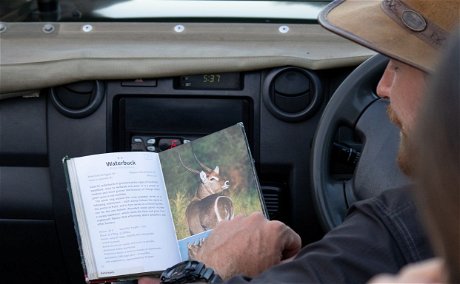
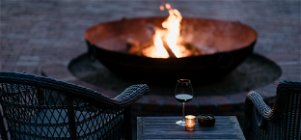
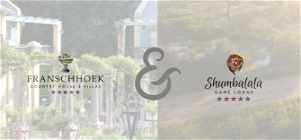
Share This Post